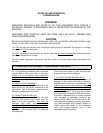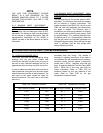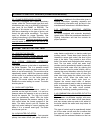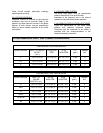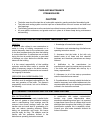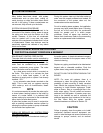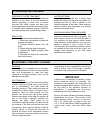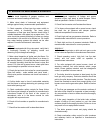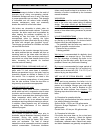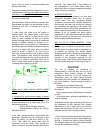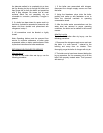
3.8 FLOAT-ACTUATED WATER LEVEL CONTROLS
Inspect float type water level controls for proper
operation. Visually inspect sight glasses for
evidence of scale forming residues. Refer to
section 3.9 for gauge glass maintenance.
On closed steam heating systems, the float low
water cutoff should be blown down by means of
opening a blowdown valve on the lower
connection of the cutoff once per day.
On humidification or process systems, the
blowdown schedule should be based on
recommendation from a water treatment and
maintenance program specifically designed for
the boiler.
At the annual inspection, all float type level
controls should be disassembled, cleaned and
inspected thoroughly. When re-installed these
controls must be given an operational test.
3.9 WATER GAUGE GLASSES
INSTALLATION
Check with the maintenance supervisor and
engineering for the proper glass to be used.
Compare the box and the glass label or marking
to ascertain that the gauge glass ratings or
temperature and pressure are suitable for use on
the boiler. Use new gaskets when replacing
glass. The gaskets used should be the same type
as those originally supplied with the boiler. Make
certain that the gauge glass valves are properly
aligned.
All bolts and nuts must be free running and well
lubricated, preferably with a graphite type
lubricant. Washers under nuts and bolt heads are
desirable. DO NOT tighten while equipment is in
operation.
MAINTENANCE
Inspect the gauge glass regularly for any signs of
clouding or scratching. In new processes, the
gauge glass should be inspected daily until the
need for replacement becomes apparent. This
will help establish the routine inspection cycle.
The gauge glass should be blown down
daily so
as to remove accumulated sediment from the
valves.
INSPECTION
To examine for scratches, shine a bright
concentrated light at about a 45 angle. Anything
that glistens brightly should be inspected closely.
Any scratch which glistens and will catch a
fingernail, or crescent-shaped or star-shaped
mark is cause for replacement. This is because
scratches, corrosion, chips and surface damage
weaken the glass. If inner surface appears cloudy
or roughened, and will not respond to cleaning
procedures, this is evidence of chemical attack. If
severe, this is cause for replacement.
REPLACEMENT OF GLASS
Any glass that has been removed from its
mounting in process boilers, regardless of the
reason for removal, should be discarded and
replaced with a new glass and gaskets. Used
glasses may contain hidden damage and
represent a safety hazard.
Be sure that the replacement glass is suitable for
service conditions.
Protective shields to keep cold air, water, or
falling objects from glass must be replaced.



